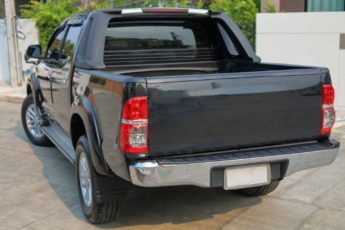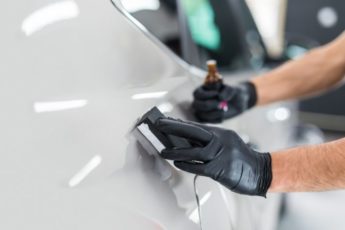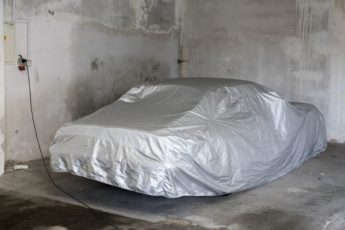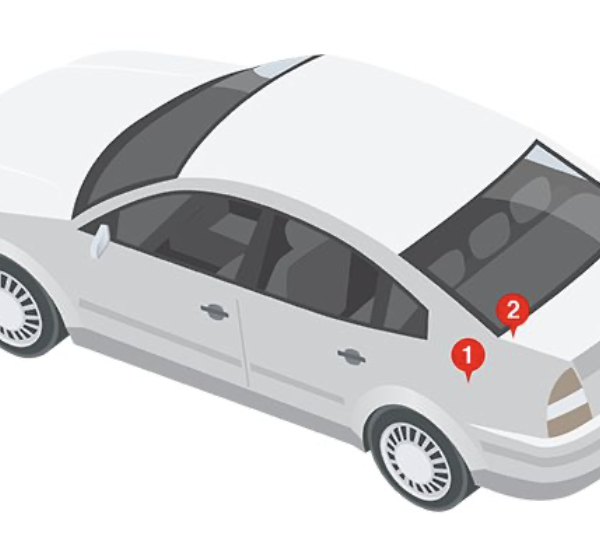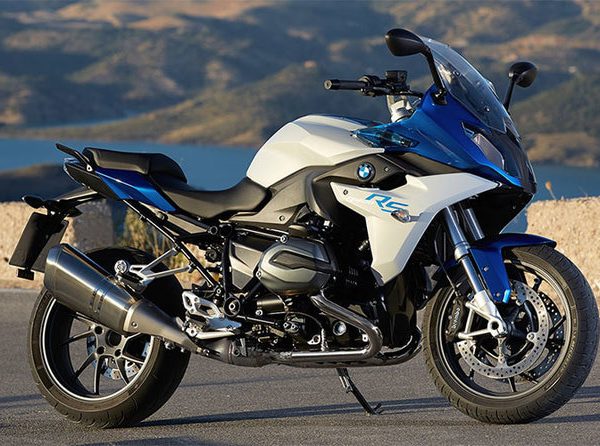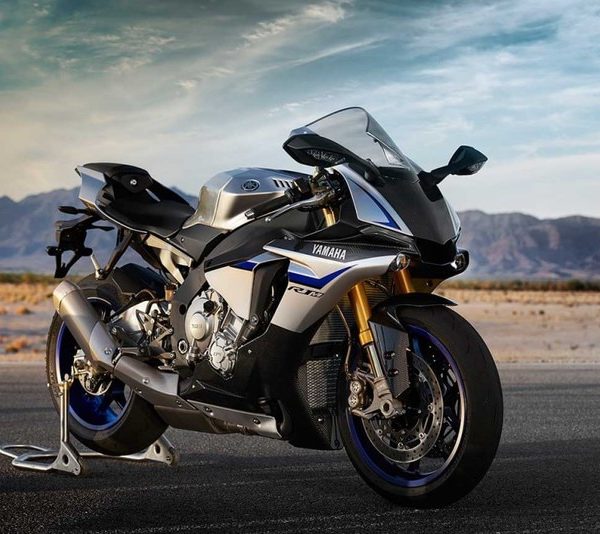Economical Ways to Prepare Your Car For The Winter

Whether you are driving a beat-up old clunker or the newest model, replacing your car because of the effects of damage is definitely something to be avoided. Since the cold, snowy months can represent some of the most dangerous conditions when it comes to disrepair and deterioration, take the time to be preemptive now with a few ounces of prevention. Your car will thank you, and so will your wallet.
General Winter Prep

Roadside assistance is available as an option on your auto insurance policy and is designed to come to your aid if your car breaks down. Your insurer will either have a working arrangement with companies in your area or will employ its own team of experts. Covered situations generally include service for flat tires and dead batteries, towing, fuel delivery, lockout and extrication if your vehicle is stuck. When deciding whether to invest in this additional coverage, factors such as the age of your car (the newer it is, the less likely you might require roadside assistance), how much driving you do and how much you value the convenience as compared to the expense should come into play.
A clean ride doesn’t just look good; having a smooth and debris-free finish helps to repel salt, dirt and other types of road grime that can compromise your car’s exterior over time. In chilly months, you might be less inclined to engage in a Saturday afternoon sudsing in your driveway, so instead consider investing in a weekly trip to the automated car-wash.
The car emergency kit you put together doesn’t need to be high-tech or complicated. In fact, most of its ingredients are already lying around your house. Snacks, a blanket, flashlight, water, a first-aid kit and an inexpensive crank- or solar-powered charger can literally be life-savers. Best of all, they don’t even take up very much space if your car is small.
Car Exterior

Nicks, dings and scratches in your car’s paint are not just unsightly; they are actually small corrosion entry points that can lead to big problems over time. While they’re still tiny, invest in some well-matched touch-up paint, making sure the surface is smooth and free of debris before applying.
Your car’s seals act just like your hands do in the cold. They become dry and are much more prone to cracking. Therefore, take a look at all of them before the snow flies. If they are beginning to look worse for the wear, replace them now.
Before winter hits, be sure that all of your lights, indicators and rear reflectors work well and are clean. Replace any cracked lenses or broken bulbs. Seeing and being seen are always important, but they are essential in the dark or in bad weather.
Tires

Tires are crucial for both steering your car and stopping it. Therefore, maintaining and changing them are tasks that should not be ignored.
When snow or slush coat the roads, it can be more difficult to get traction. Winter tires are specifically designed with greater tread depth to grip the road better in these conditions. If your climate warrants it, making this seasonal change is a good idea.
Tire pressure should not be too low or too high. In winter, many auto manufacturers recommend that it be 3-5 psi higher than in more moderate temperatures. This is especially true of winter tires, which tend to be less responsive and thus benefit from the increased stability this hyper-inflation provides.
Windows and Windshield

Because a tiny windshield crack can rapidly expand to become a large one in colder temperatures, your safety depends on a damage-free surface. While you’re at it, also check to be sure your windows are crack-free.
If you don’t have the funds to buy a windshield cover, you can even drape a towel over the area. It might cause a few raised eyebrows among your neighbors, but you will have the last laugh on the next icy morning when you can drive away in an instant as they shiver and scrape.
Wipers are inexpensive and easy to replace, so don’t settle for a set that doesn’t move properly and is likely to freeze to your windshield. To check for nicks and tears, use your finger to gently feel the surface of the blade. If you perceive any irregularities, it’s time for a new set.
Instead of using boiling water to de-ice your windshield, put two parts rubbing alcohol and one part tap water into a spray bottle. Keep it at room temperature in your car between uses. Apply it to your windshield and watch in amazement as the ice melts away. After a minute or so, you can use your scraper to remove anything that remains.
Under The Hood

Between the colder temperatures and the increased use of heat and lights, your battery is particularly vulnerable to failing during the winter. In general, batteries last about five years. Before conditions get inclement, check to make sure yours has the ability to make it through even the coldest conditions.
Keeping your gas tank half full at all times is a great way to shield it from moisture issues. It also protects you from running out of fuel when the mercury hits all-time lows.
Your engine coolant should consist of half water and half antifreeze. Particularly in the winter, top it off with antifreeze, not water, to ensure that your engine does not over-heat due to an excessively diluted solution.
Available in a number of different formulas that include ethanol, methanol and ethylene glycol alcohol, washer fluid antifreeze is designed to withstand even the most punishingly cold temperatures without solidifying. Some types can actually stay liquid in temperatures as low as -50°F.
Changing the type of oil you use in the winter can actually help your engine to perform better. In the past, mechanics always recommended switching to a lighter oil in colder temperatures. That’s because as it cools, oil becomes thicker, which can make it so dense that it can’t properly move throughout the components of your engine. At the same time, oil that is too thin does not adhere to your engine’s parts. These days, your best bet is to consult your car’s owner’s manual since many newer engines function perfectly well with today’s multi-viscosity oils.


 Cart
Cart
 Help Desk
Help Desk
